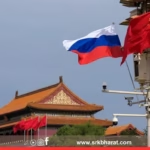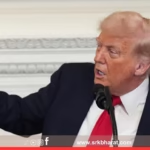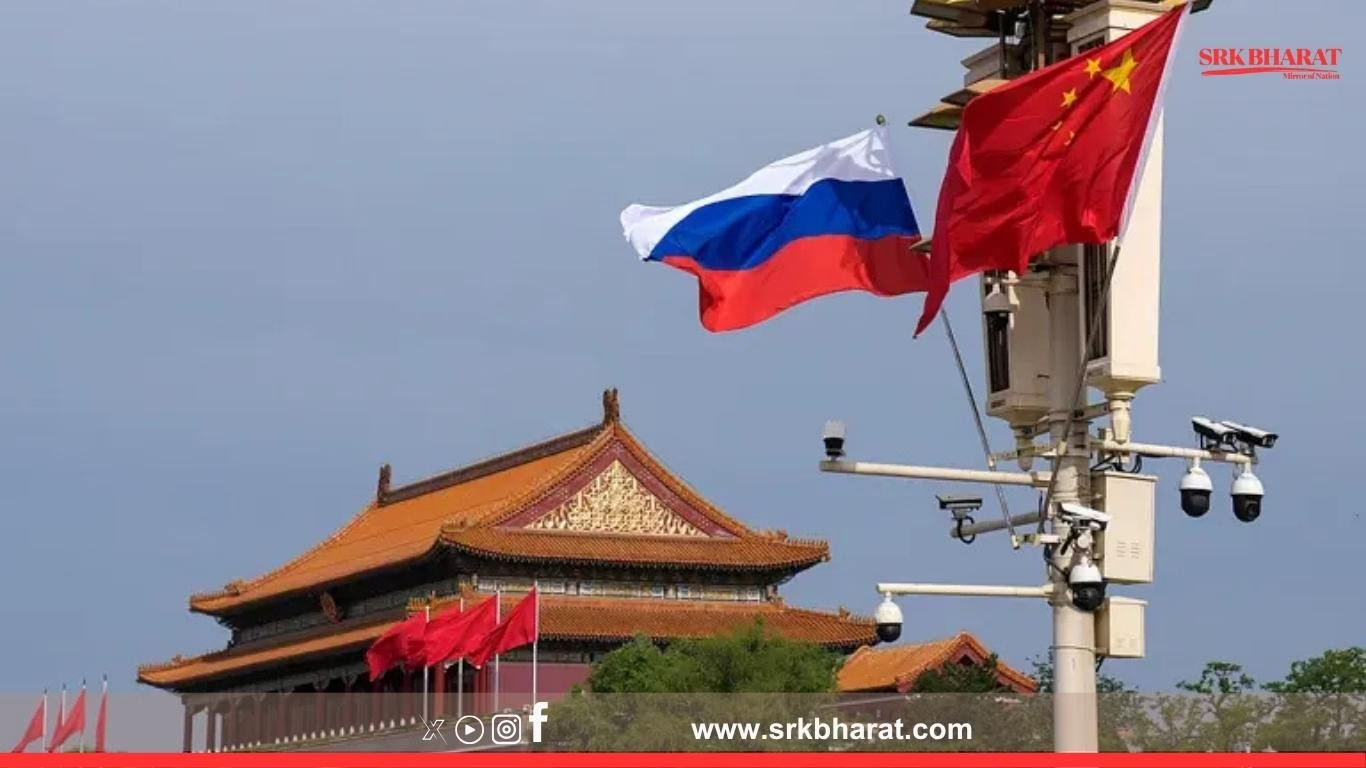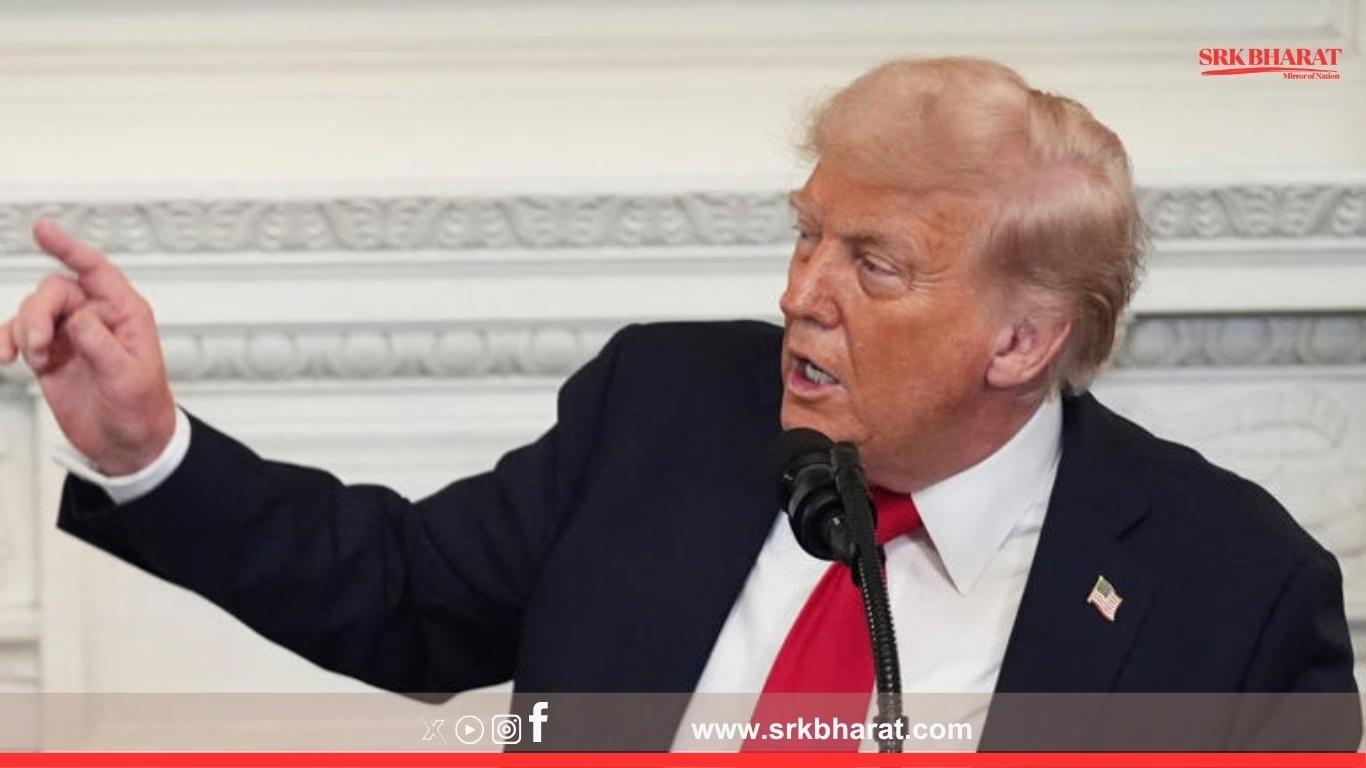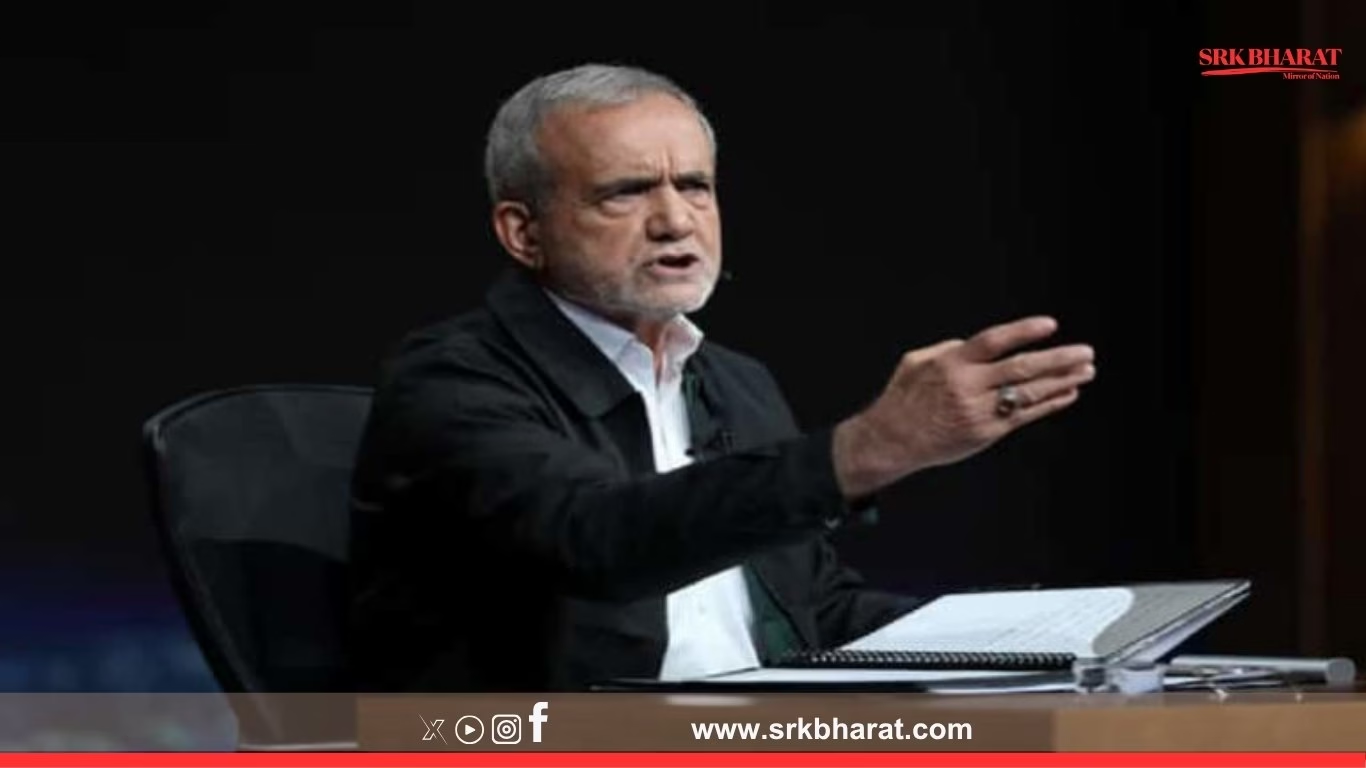Former US President Donald Trump has triggered a fresh wave of global economic concerns after threatening to impose an additional 10% tariff on countries that he accused of pursuing “anti-American policies” by aligning more closely with the BRICS bloc. His statement, made at a campaign rally in Ohio on Saturday, has sent ripples across markets and diplomatic circles, especially as BRICS expands its influence by inducting new members.
Trump’s statement in context
Addressing a charged Republican gathering, Trump declared:
“Any country that joins BRICS with the intention of undermining American economic interests will face a 10% tariff. These anti-American policies will not be tolerated.”
He accused BRICS leaders of attempting to “replace the dollar, weaken US trade leverage, and hurt American workers”, promising tough retaliation if re-elected in 2024.
What triggered his comments?
Trump’s remarks came against the backdrop of:
- The recent BRICS Summit in Rio, which saw Brazil, Russia, India, China, and South Africa pushing for de-dollarisation and trade in local currencies.
- Inclusion of new BRICS members like Saudi Arabia, UAE, Egypt, Iran, and Ethiopia, which has further strengthened the bloc’s energy and trade footprint.
- Reports of joint digital currency and payment infrastructure plans within BRICS to reduce dependence on the US financial system.
Possible impact of the proposed 10% tariff
If implemented, Trump’s proposed tariffs could:
- Increase global trade tensions, risking a return to the protectionist era witnessed during his first term when China-US trade wars disrupted global supply chains.
- Hurt US importers and consumers through higher prices, especially on energy, rare earths, metals, and agricultural products sourced from BRICS nations.
- Push BRICS countries to strengthen intra-bloc trade and accelerate dollar diversification strategies.
- Force American companies to diversify sourcing away from BRICS states, raising operational costs.
How BRICS is responding
While official responses from BRICS governments are awaited, economic think tanks across member states have described Trump’s threat as:
- “Unsurprising but counterproductive”, as it would likely deepen the resolve for multipolar global trade systems.
- A move that could trigger retaliatory tariffs on US exports, impacting agriculture, aerospace, and services sectors heavily dependent on Asian and African markets.
Comparative table: BRICS share in US trade (2023 data)
| Country | US Imports ($ bn) | US Exports ($ bn) |
|---|---|---|
| China | 500 | 150 |
| India | 90 | 45 |
| Brazil | 42 | 36 |
| Russia | Minimal post-sanctions | Minimal post-sanctions |
| South Africa | 10 | 7 |
| New BRICS entrants (Saudi, UAE, etc) | ~125 (mainly oil) | ~60 |
Trump’s historical tariff policies
During his 2017-2021 presidency:
- Imposed 25% tariffs on steel and 10% on aluminium imports
- Launched a trade war with China, leading to tit-for-tat duties on billions worth of goods
- Withdrew from multilateral trade deals like the Trans-Pacific Partnership (TPP)
His administration claimed these measures revived US manufacturing jobs, though critics pointed to inflationary impacts and retaliatory export losses.
Analysts react
Dr Laura Bennett, trade economist at Yale, remarked:
“Trump’s threat reflects his core belief in aggressive trade nationalism. However, targeting BRICS wholesale will hurt American businesses reliant on these markets.”
Rajeev Khanna, international trade lawyer, added:
“Tariff wars rarely lead to net economic gains. They drive up costs and force global supply chain reorientation, something BRICS nations are actively working on to reduce US leverage.”
Possible legal and WTO implications
If the US unilaterally imposes additional tariffs without WTO approvals, it could:
- Trigger disputes at the WTO Dispute Settlement Body.
- Lead to counter-tariffs by BRICS nations under retaliatory provisions.
- Weaken the multilateral trade rule-based order further, pushing more countries towards regional trade blocs like BRICS or RCEP.
Political motivations behind Trump’s statement
Trump’s statement also has a strong domestic political dimension:
- Positions him as a tough protector of American jobs in his 2024 campaign
- Capitalises on the rising anti-China sentiment among conservative voters
- Sends a message to US corporations to invest within domestic borders rather than relying on overseas manufacturing
Risks to global trade stability
The World Trade Organization recently warned that global merchandise trade growth remains sluggish due to geopolitical tensions, fragmentation, and protectionist trends. An additional tariff war with BRICS nations could:
- Lower global GDP growth by 0.5-1%
- Increase consumer inflation in advanced economies
- Accelerate efforts by emerging economies to create parallel trade and payment systems
Potential countermeasures by BRICS
Economic strategists suggest BRICS may:
- Expand local currency trade settlements, bypassing dollar-based pricing for energy, minerals, and manufactured goods.
- Increase joint investments in supply chain resilience, digital payments, and cross-border banking integration.
- Use retaliatory tariffs on American agriculture, technology, and industrial goods to balance losses.
What it means for India
For India, which maintains balanced ties with both the US and BRICS, Trump’s statement poses a diplomatic dilemma. Analysts highlight:
- Indian exports to the US (IT, pharma, textiles) could face indirect impact if trade wars affect overall bilateral relations.
- India’s role as a bridging power between US-led West and BRICS could be challenged if forced to pick sides in tariff disputes.
- Additional tariffs on Indian exports may disrupt PM Modi’s export-led manufacturing growth ambitions.
Global market reaction
Following Trump’s comments:
- Asian markets dipped slightly amid trade war concerns.
- Oil prices remained steady, with analysts monitoring potential impacts on Saudi and UAE oil exports to the US.
- US stock futures fell marginally as investor fears of protectionist policy risks returned.
Conclusion
Trump’s aggressive rhetoric against BRICS aligns with his broader America First trade nationalism narrative. However, in an increasingly multipolar global economic landscape, blanket tariffs risk deepening global fragmentation and accelerating efforts by emerging economies to decouple from US trade and financial systems.
As BRICS grows to represent nearly half of global GDP, trade experts believe such confrontational policies will shape geopolitical and economic strategies for years to come, with developing nations closely watching how the next US administration navigates these complex global alignments.
Disclaimer: This news article is based on statements made by former President Donald Trump during his campaign rally and ongoing global trade policy analysis. Readers are advised to follow official US trade policy announcements and BRICS government responses for updates on final decisions and impacts.



